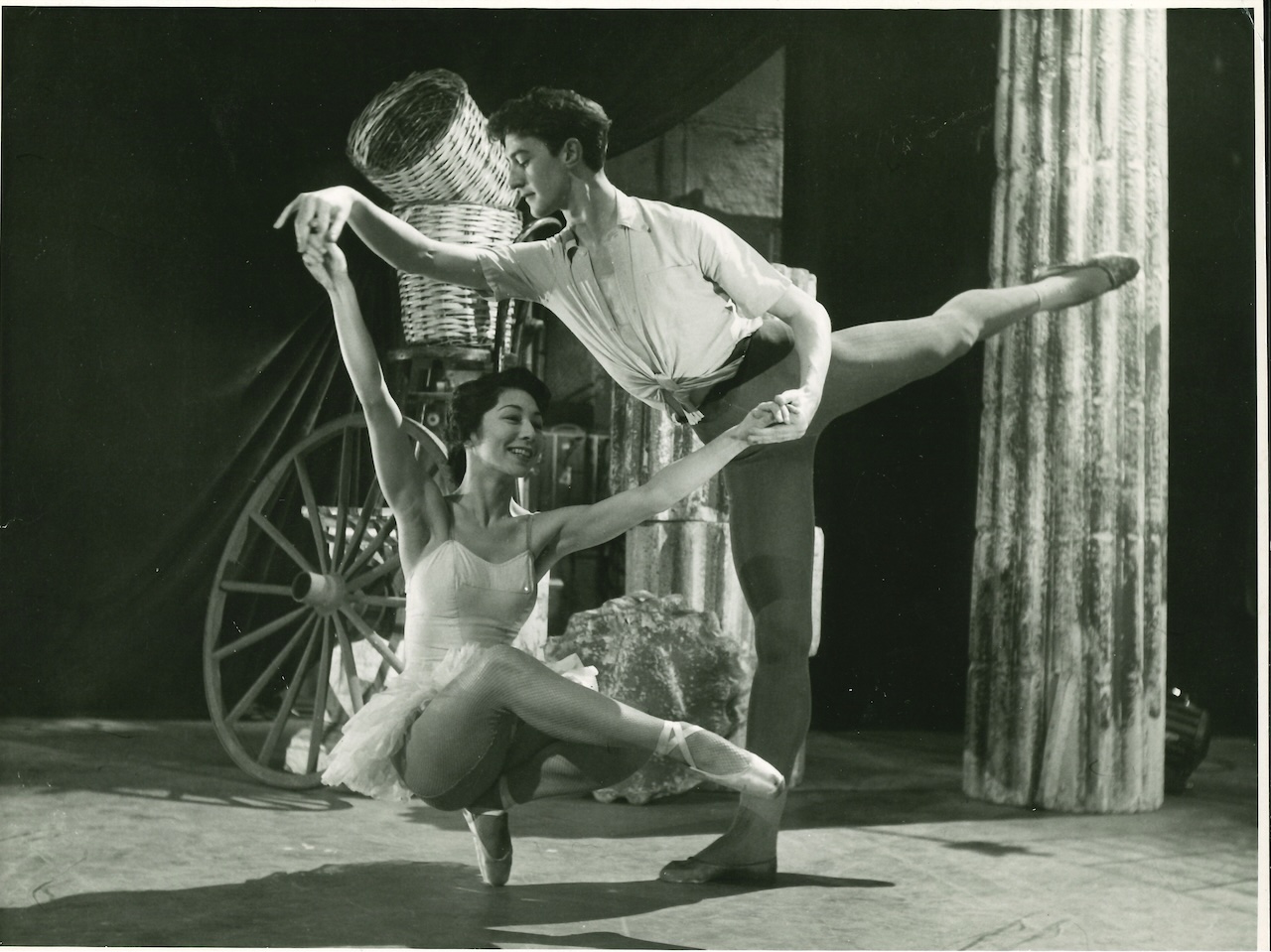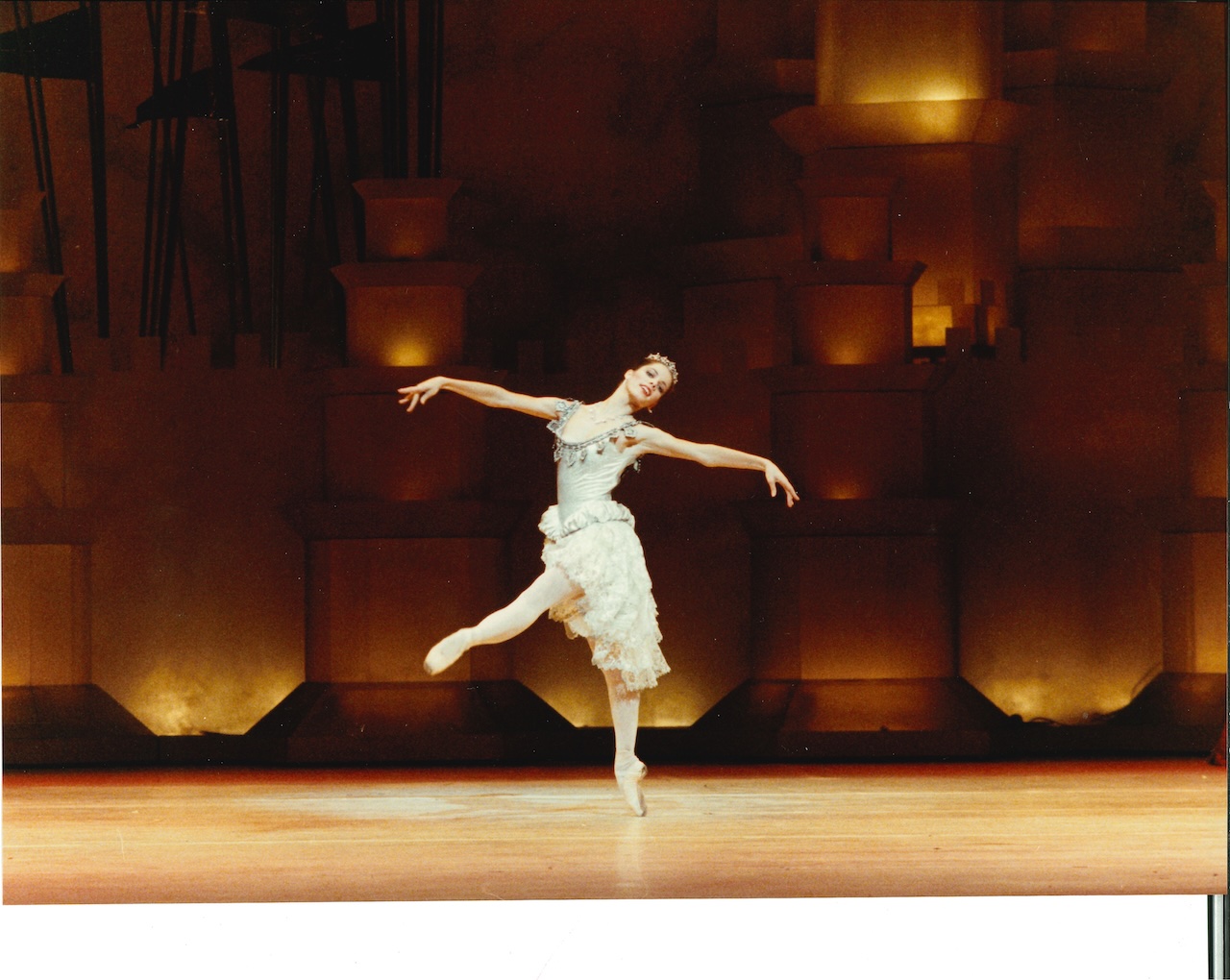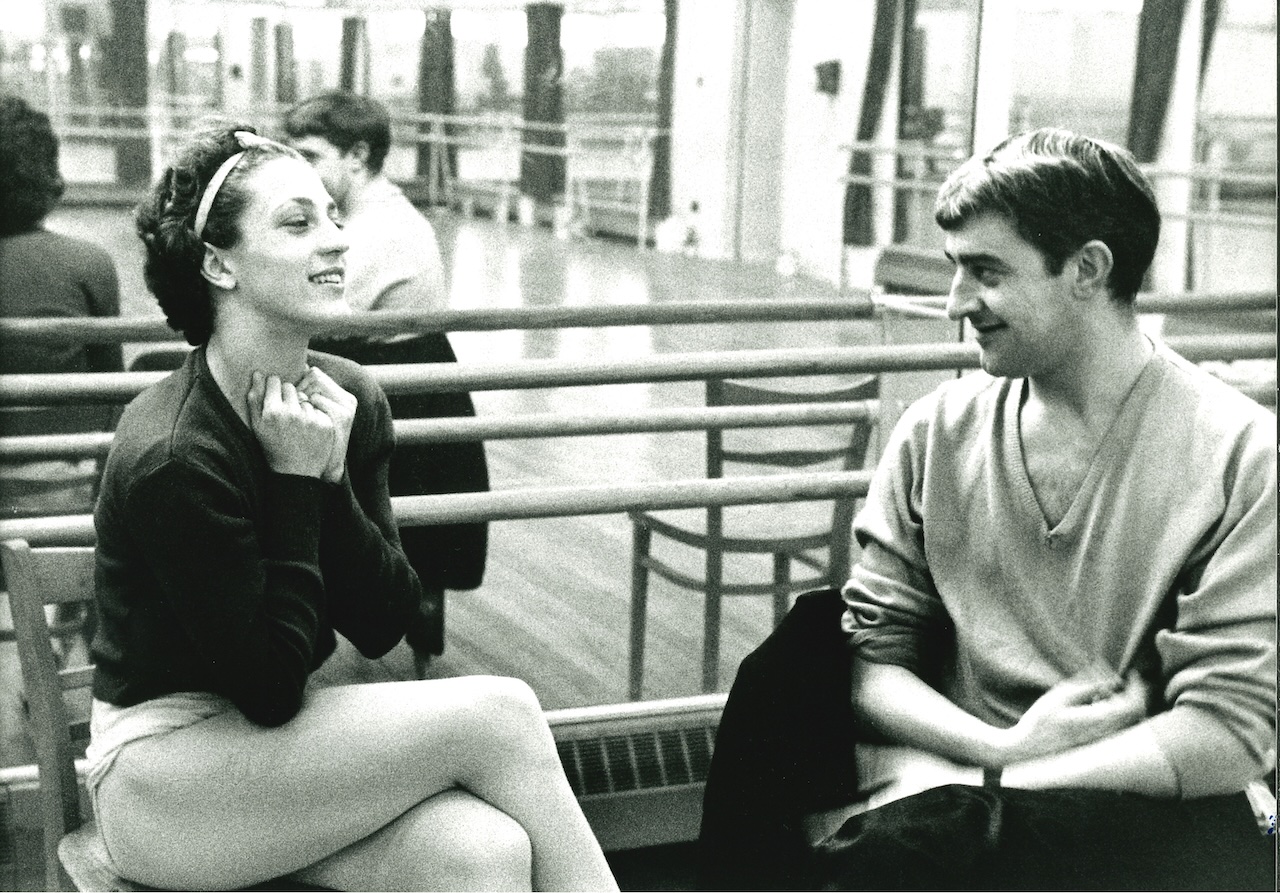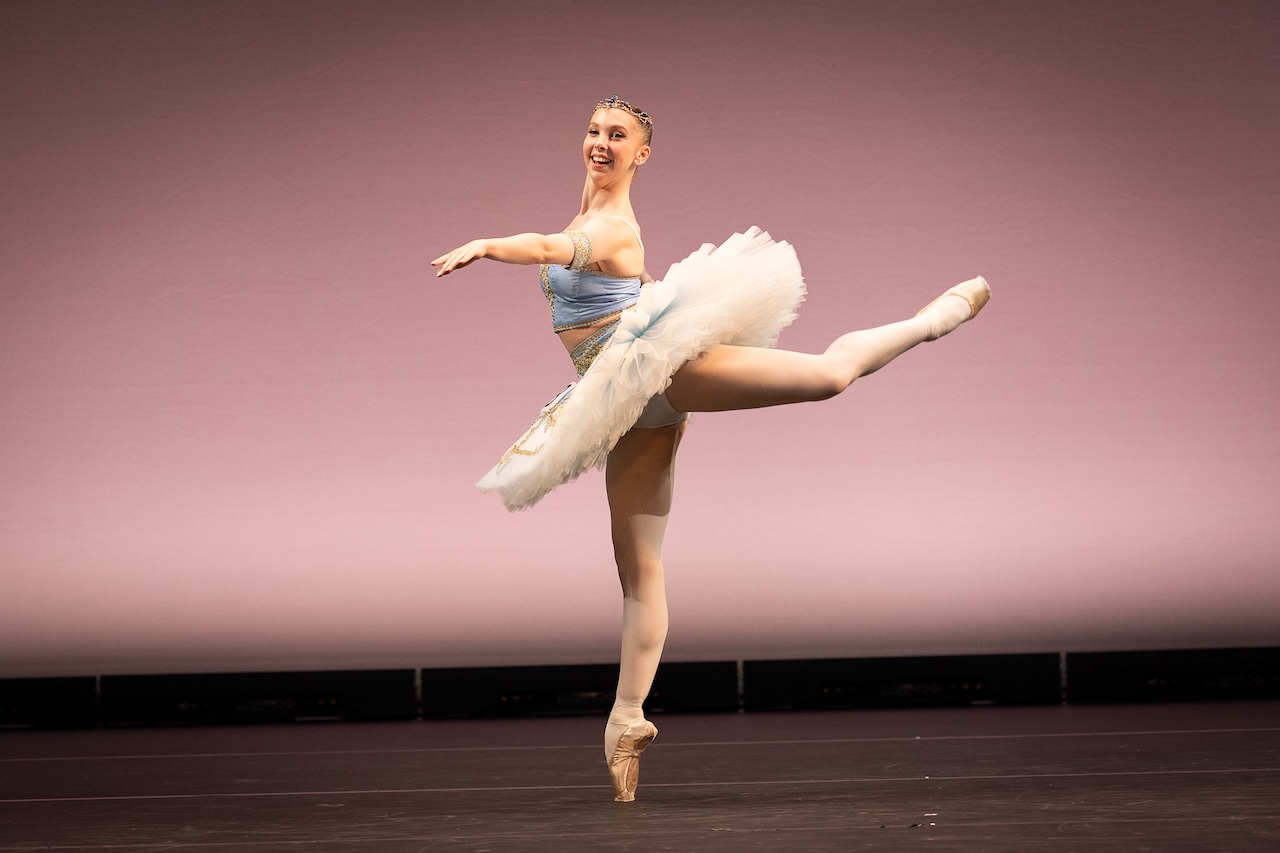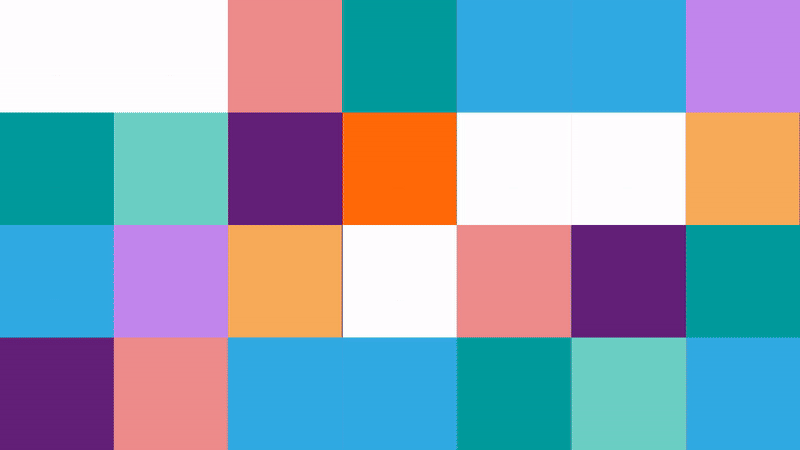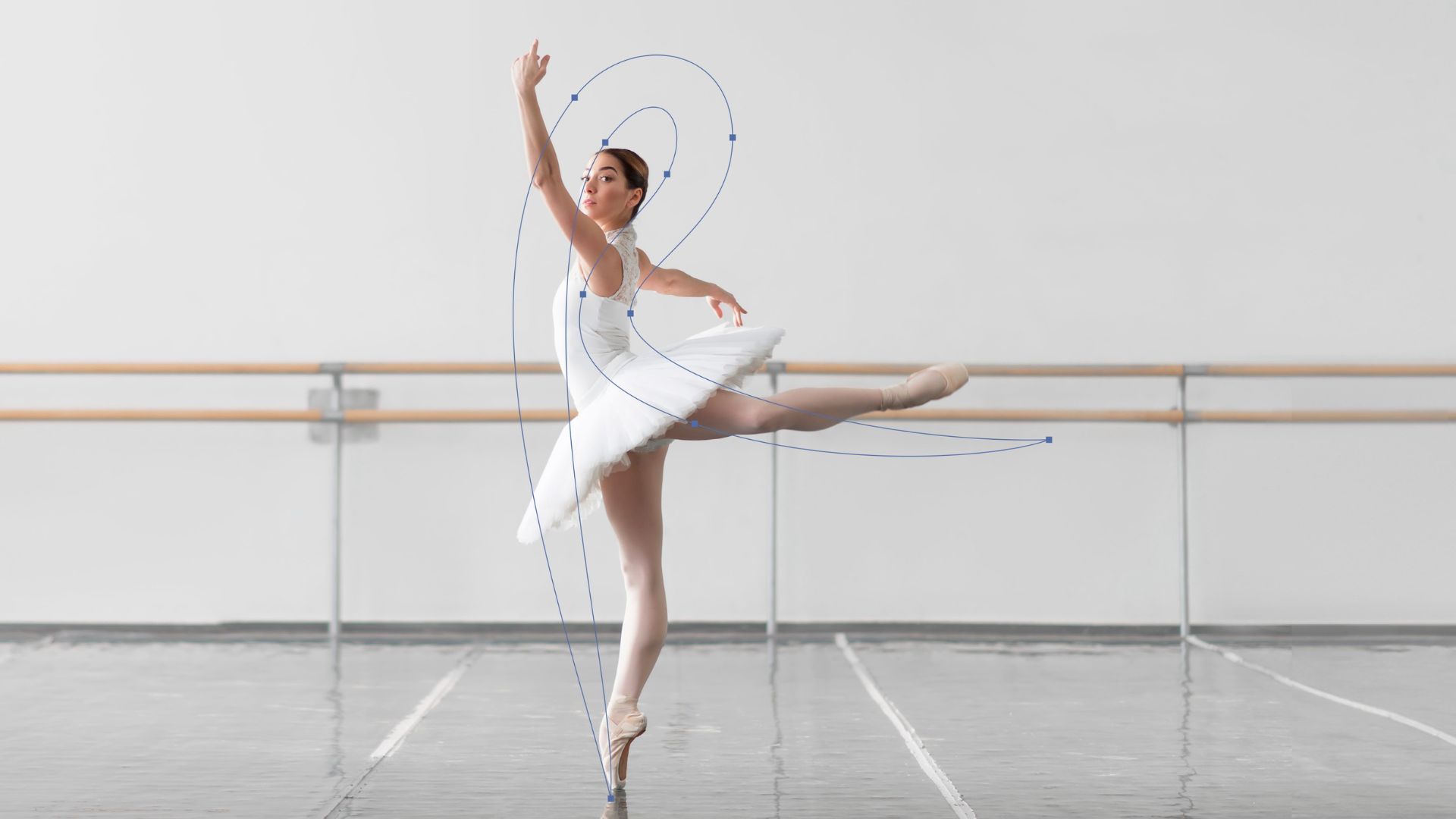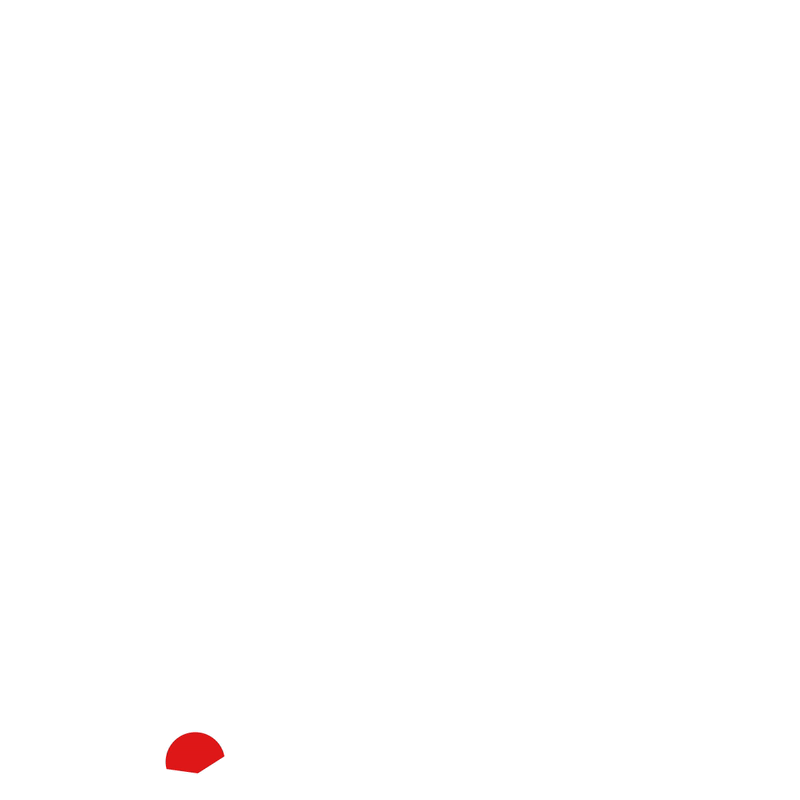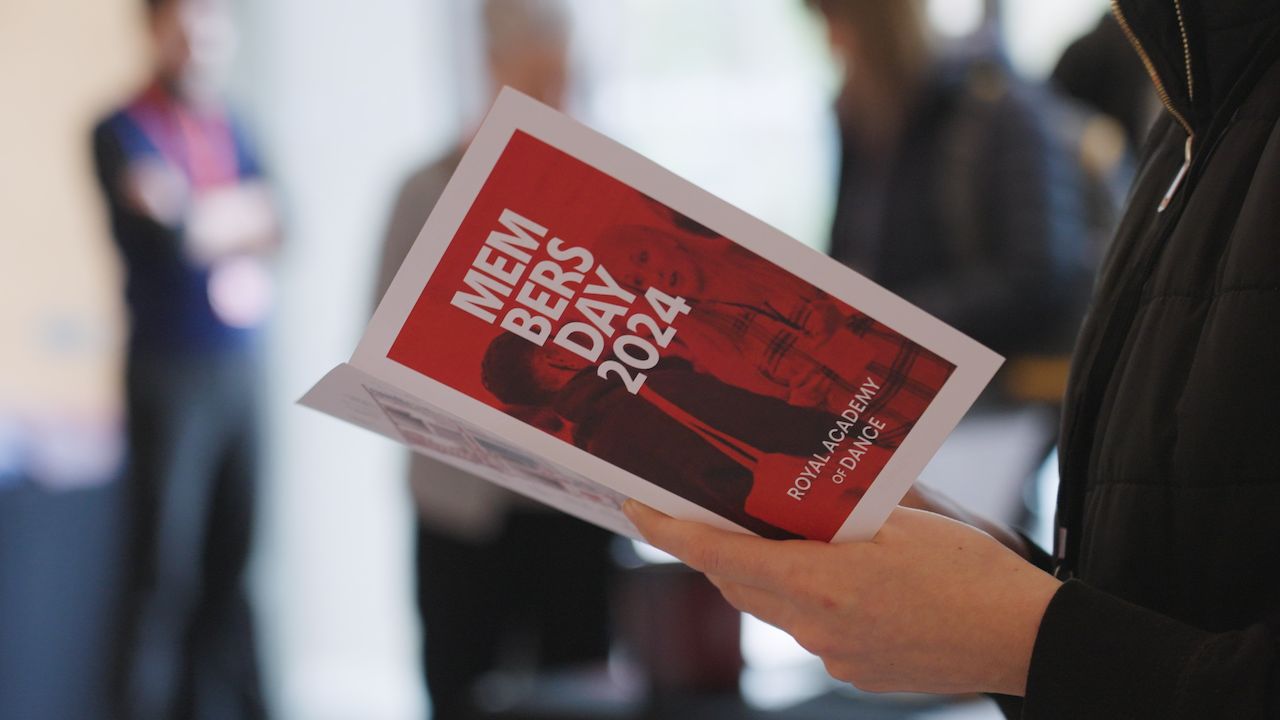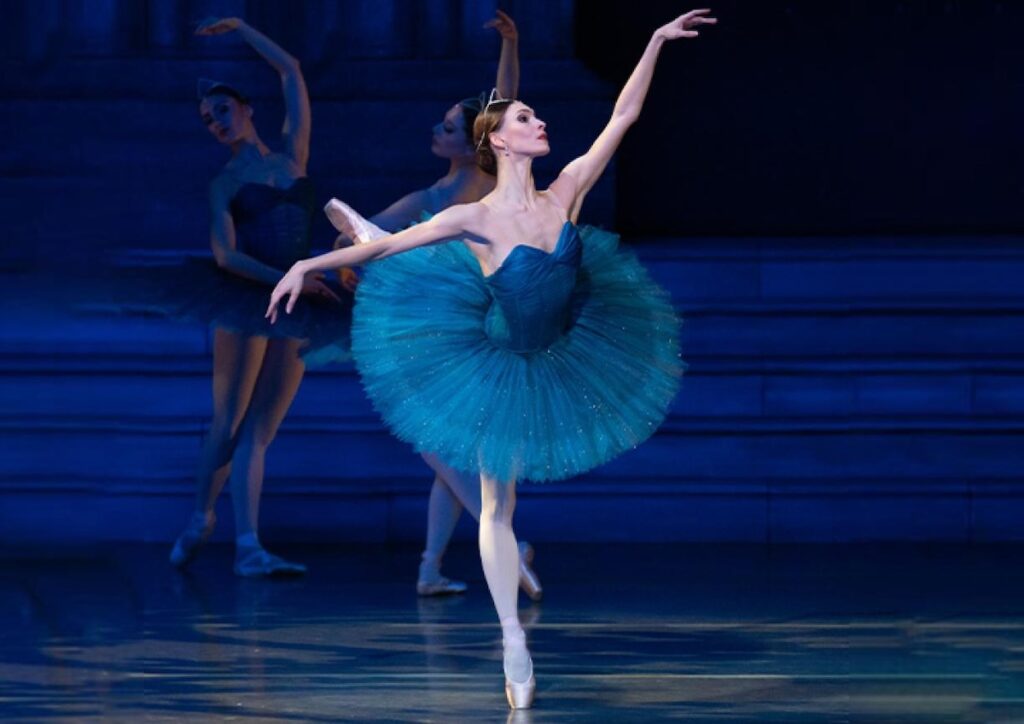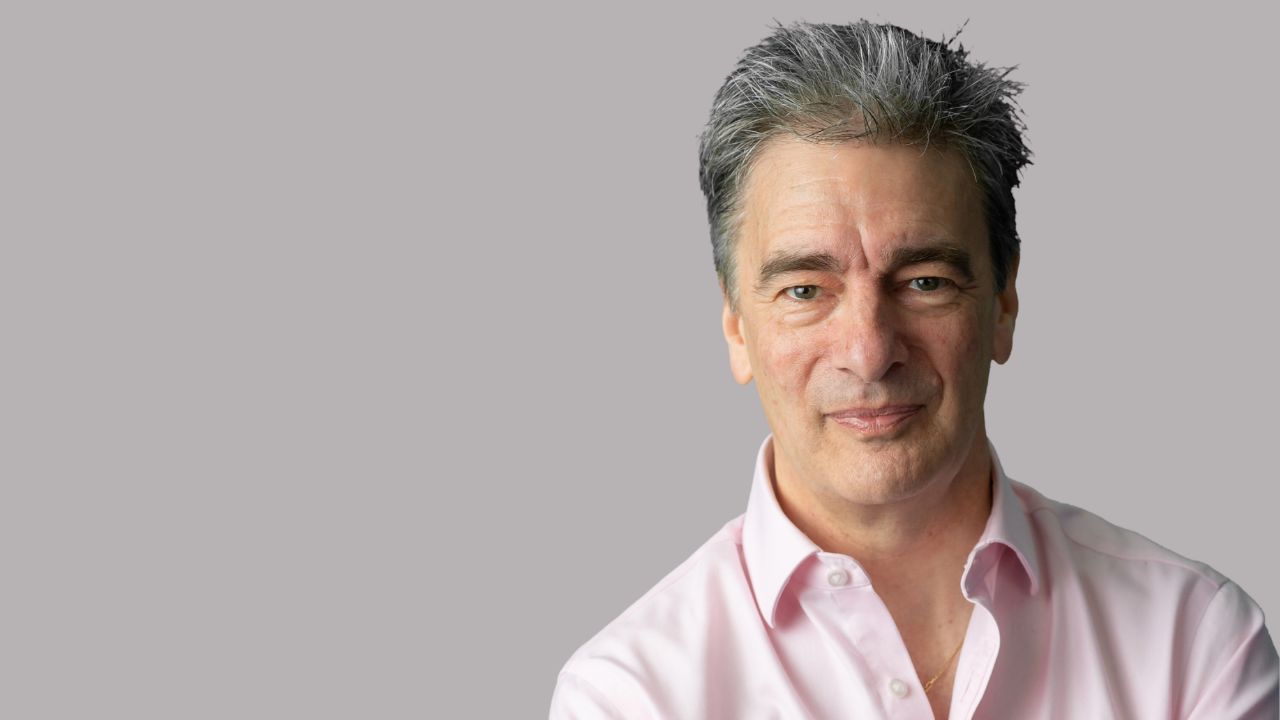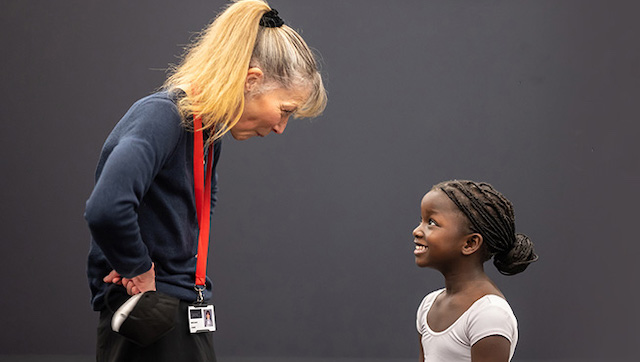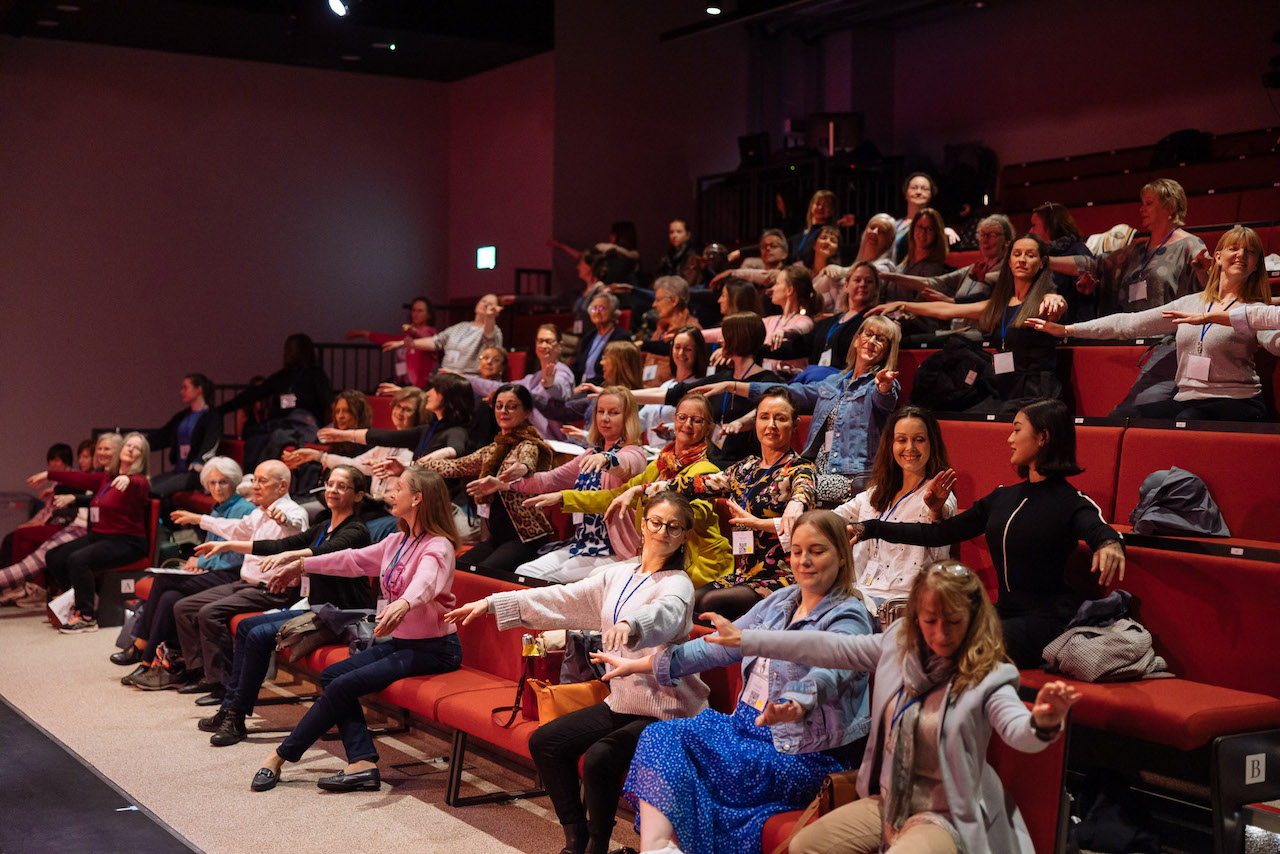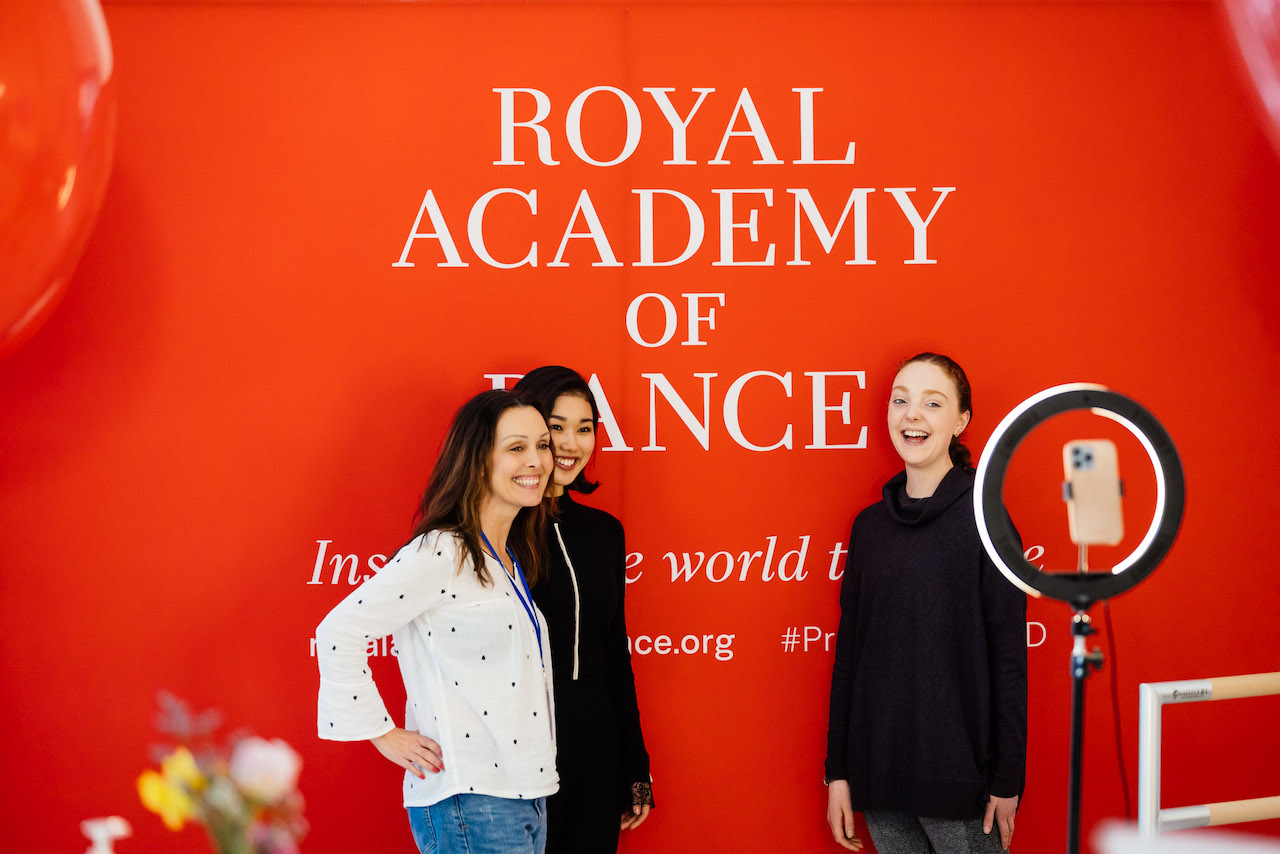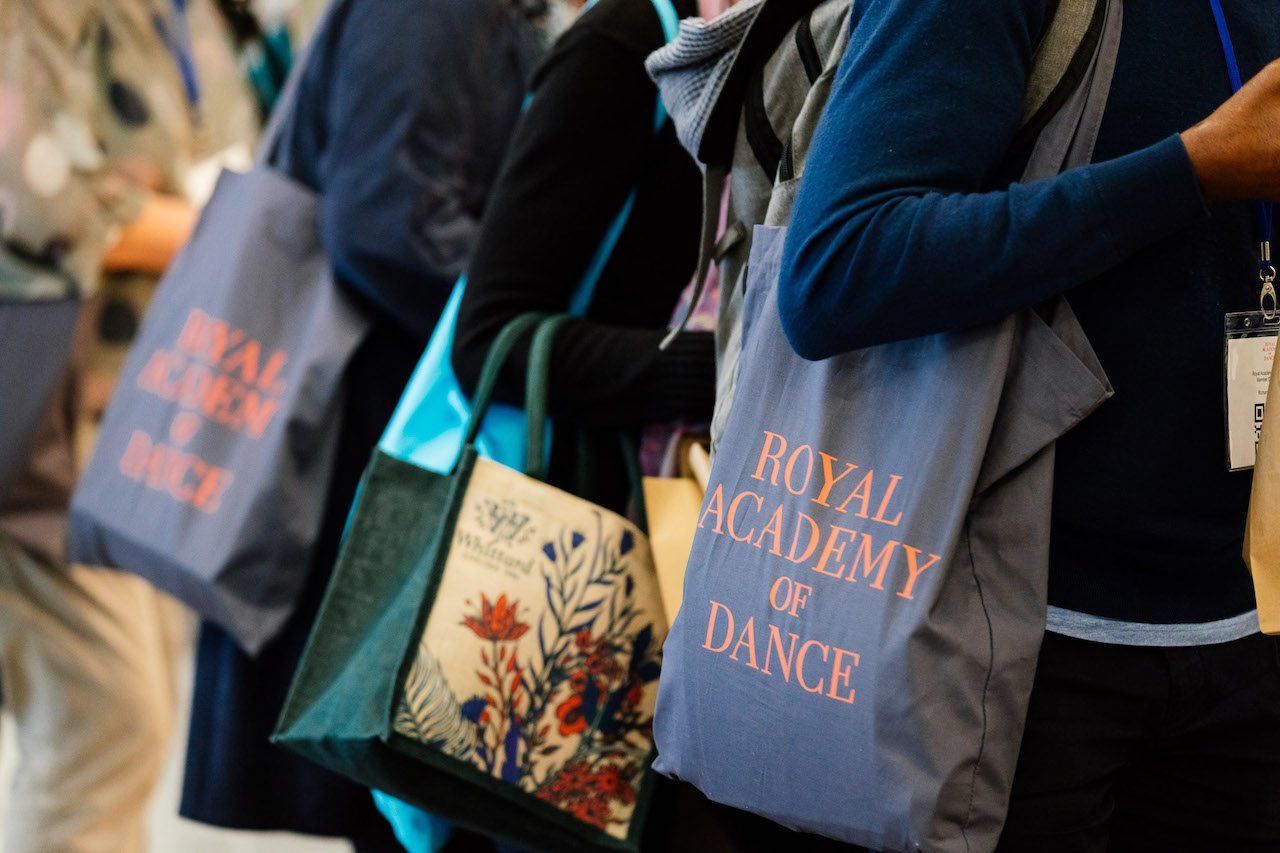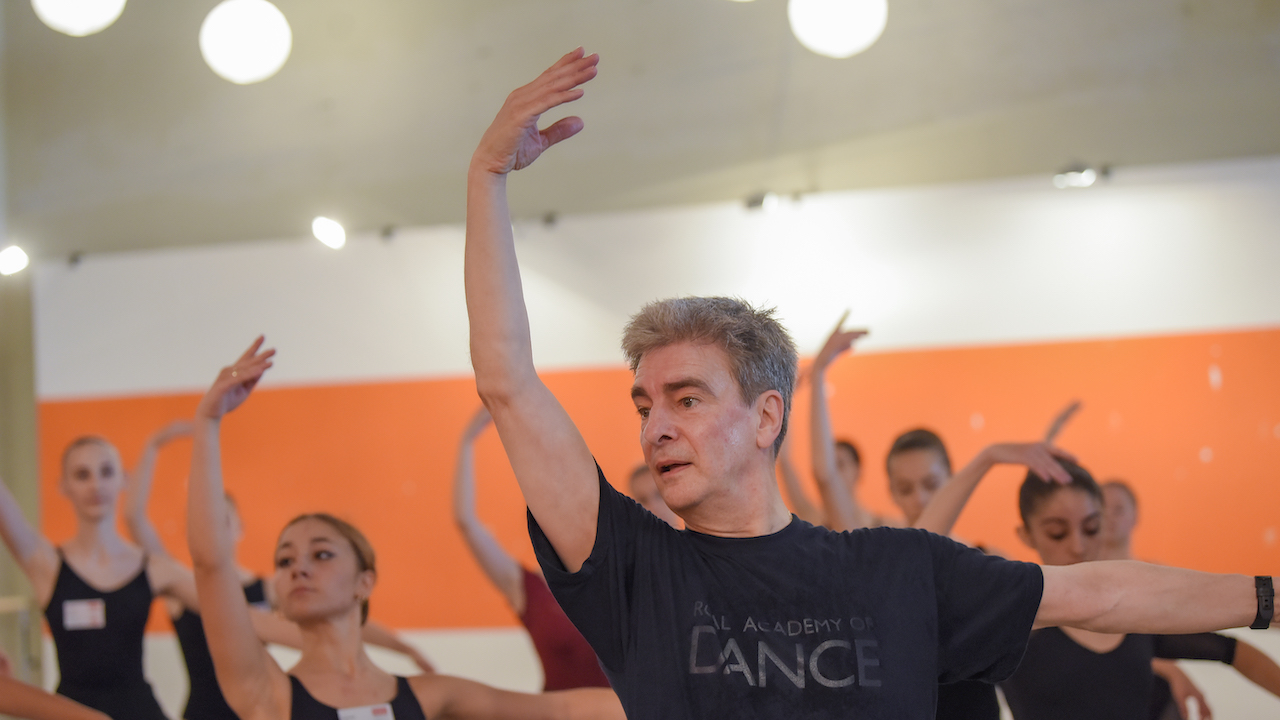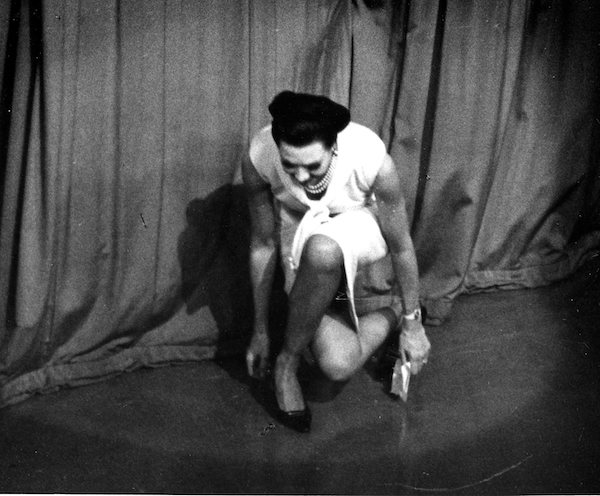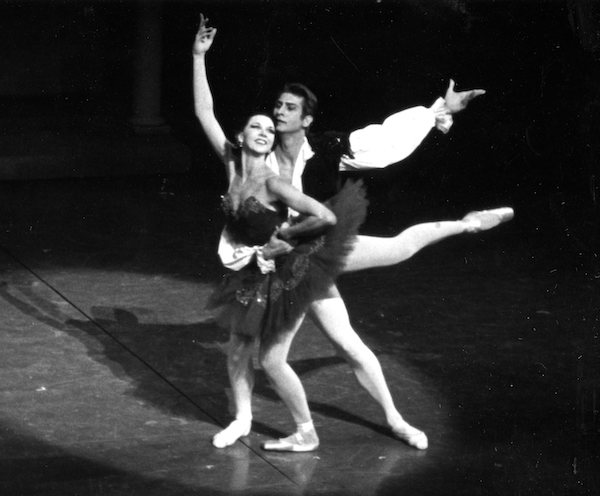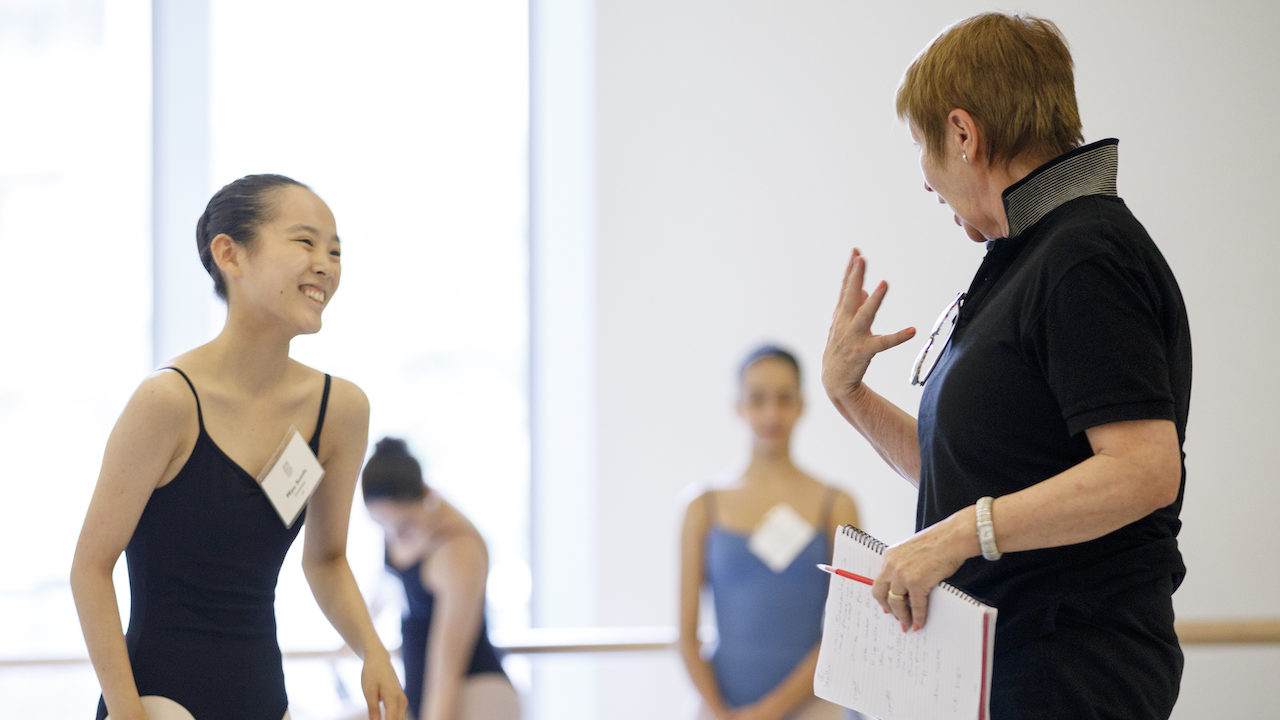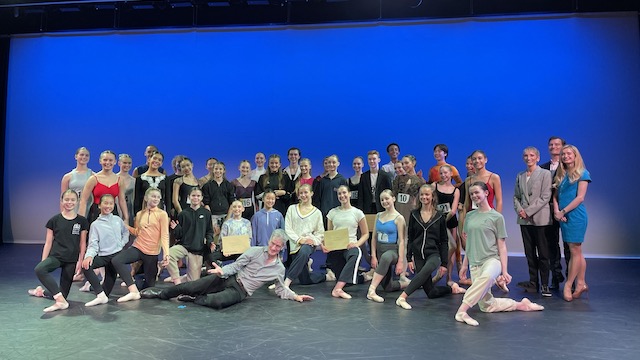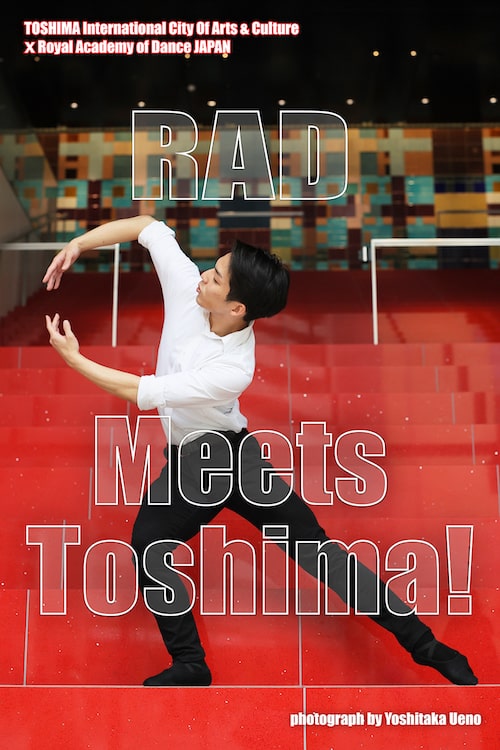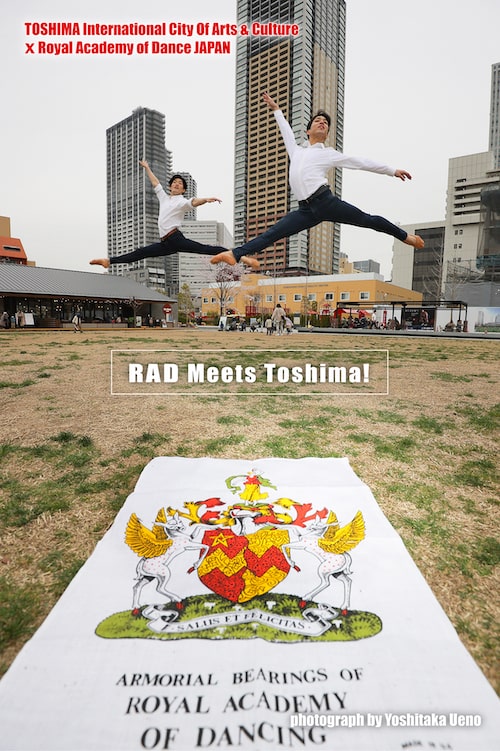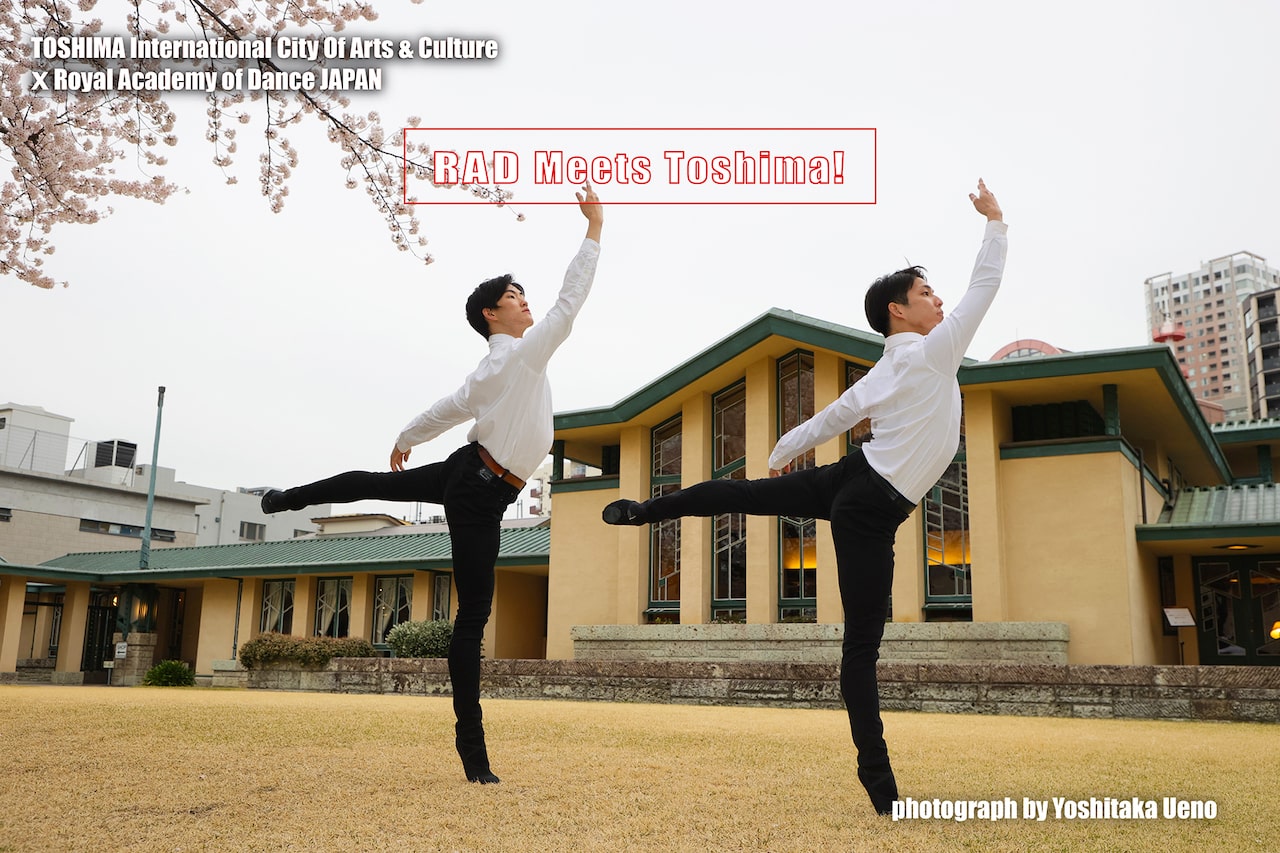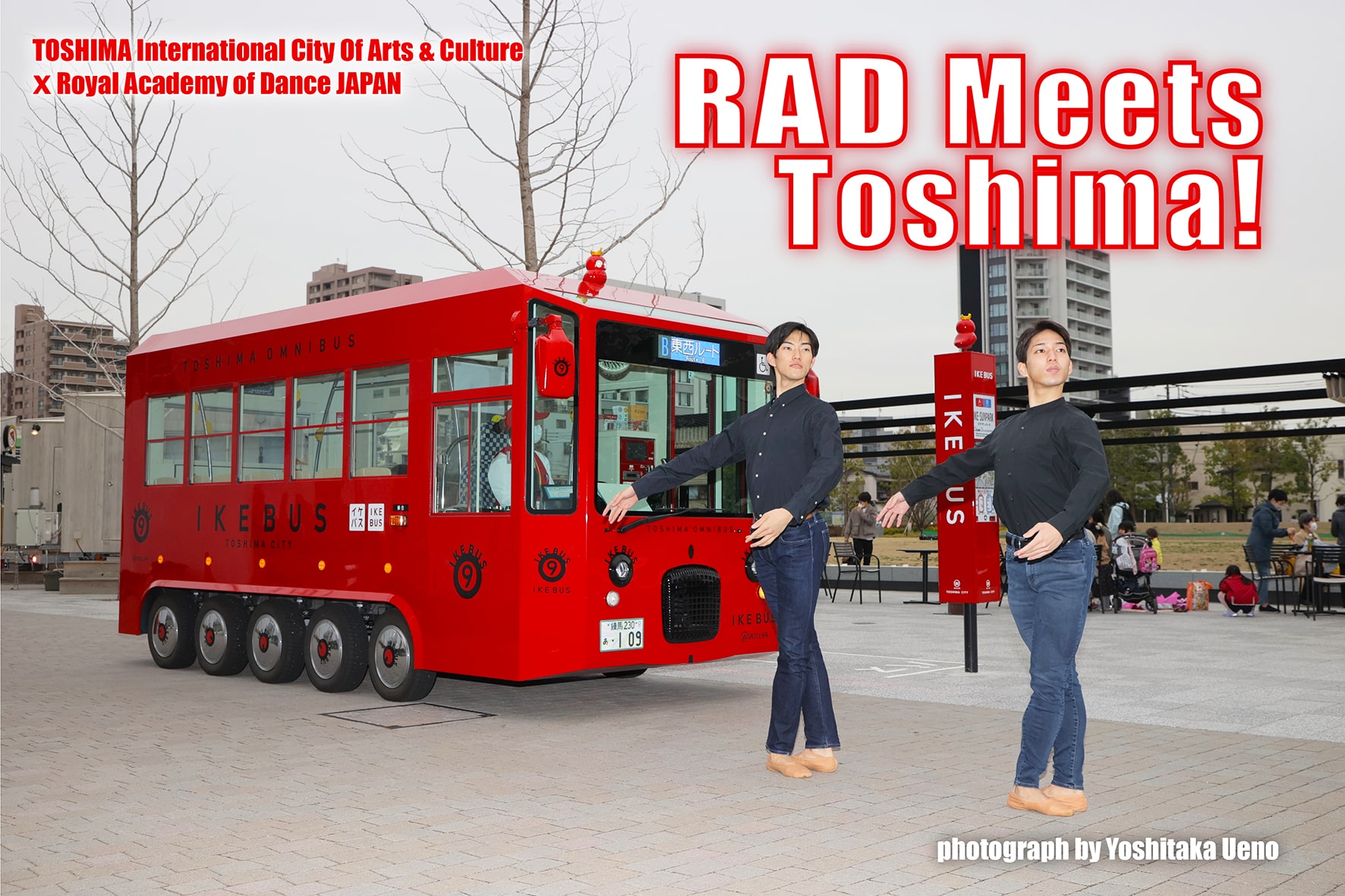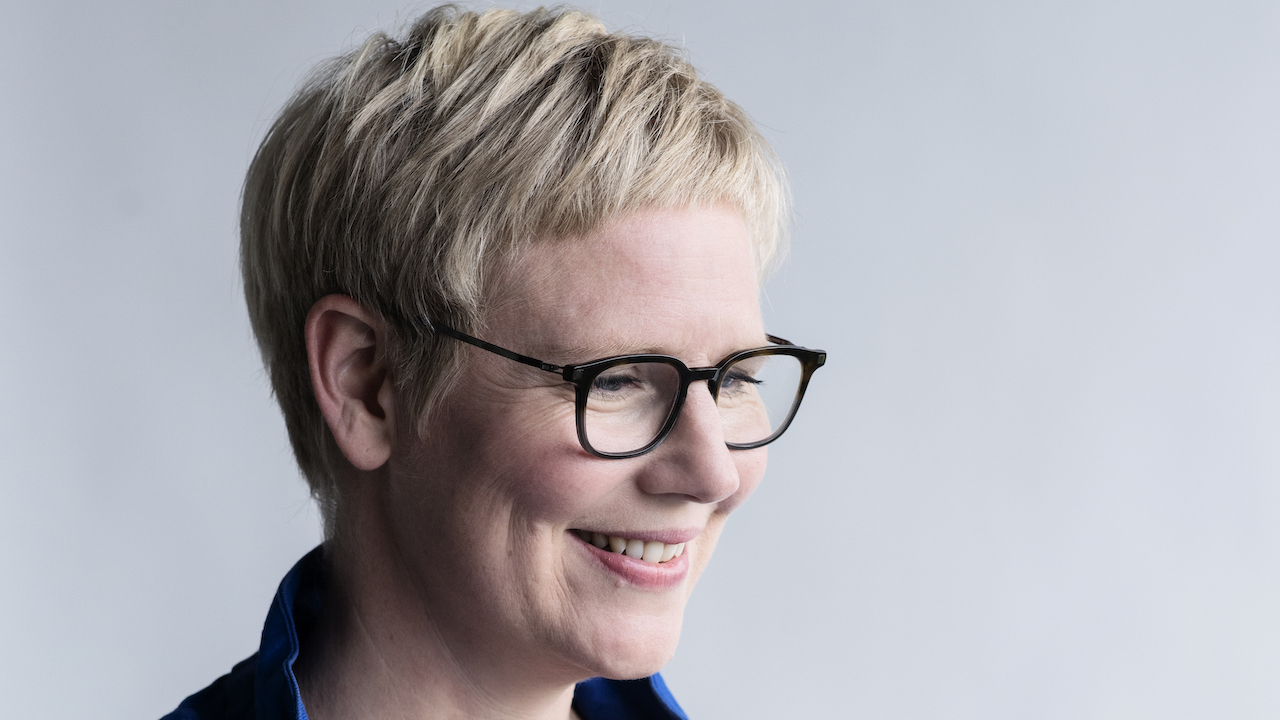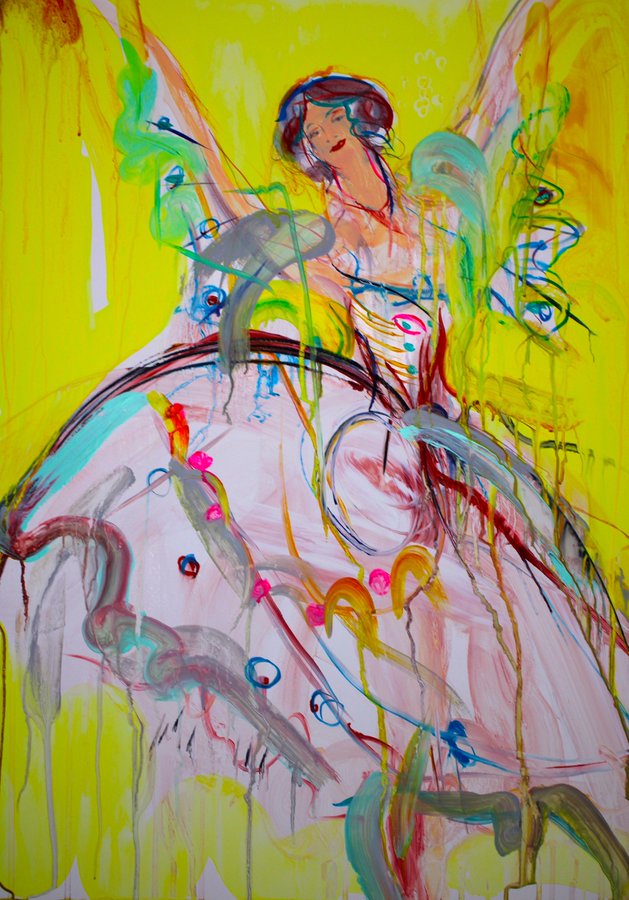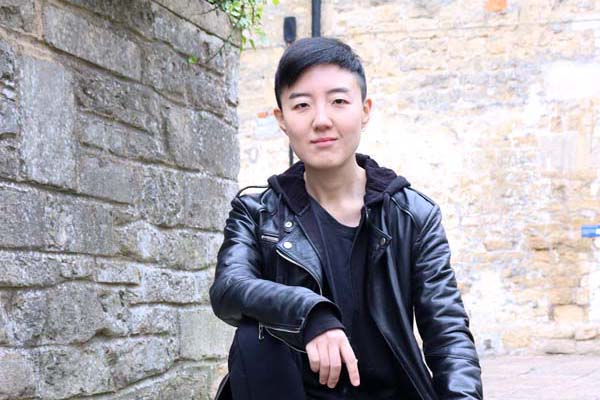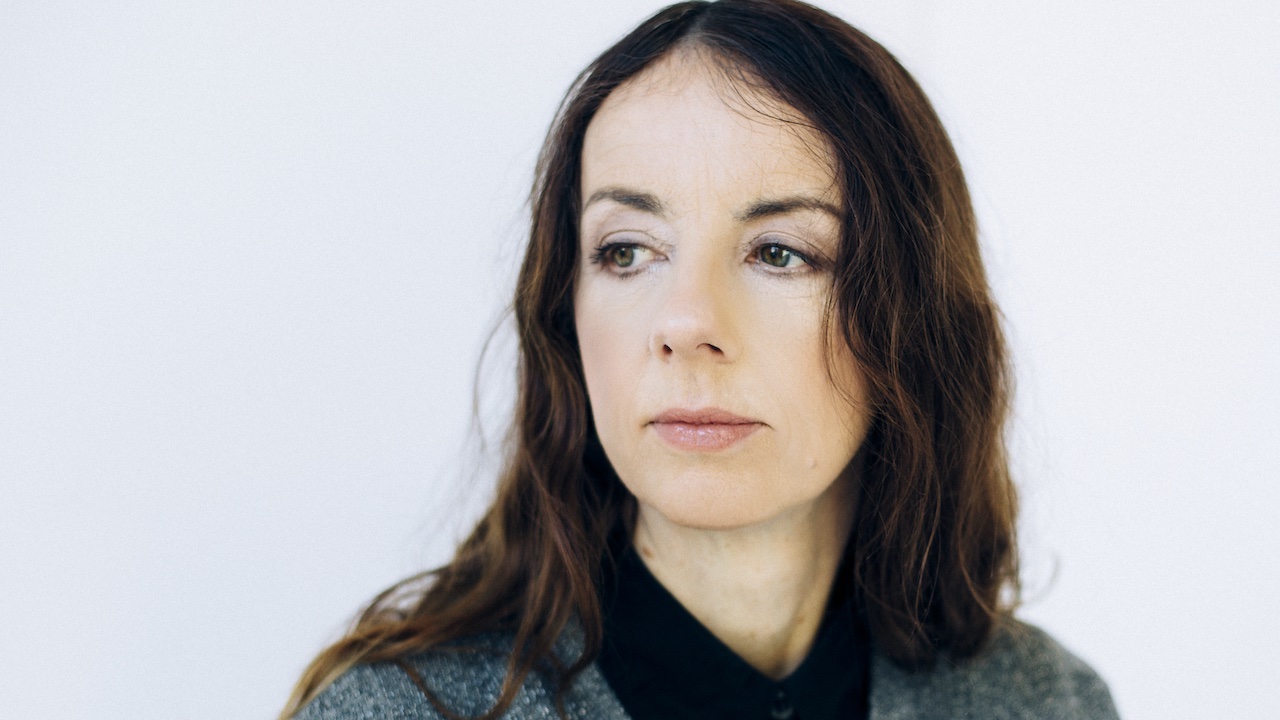The Royal Academy of Dance, the Francis Crick Institute and Centre of the Cell, Queen Mary University, London, have collaborated on Speeding to Protection, a groundbreaking short film that visually translates the complex world of immunology through the art of dance.
Speeding to Protection, a unique collaboration between Crick scientists and choreographers and dancers from the RAD, demonstrates how dancers embody the characteristics of cells, vaccines and viruses, and use movement to convey the dynamics of infection and immunity using dance to convey complex scientific ideas.
This film was showcased at a special event called ‘Rhythms of Immunity: choreographing the dance of vaccination’, held on 12 March at the Francis Crick Institute in London. The event explored the interplay between our immune system, vaccines and viruses, bringing it to life through choreography, dance and film. A panel discussion on collaborating across the art-science divide asked: how can scientific concepts be explored and communicated through dance? And what are the benefits of taking science beyond the boundaries of the lab – and onto the stage?
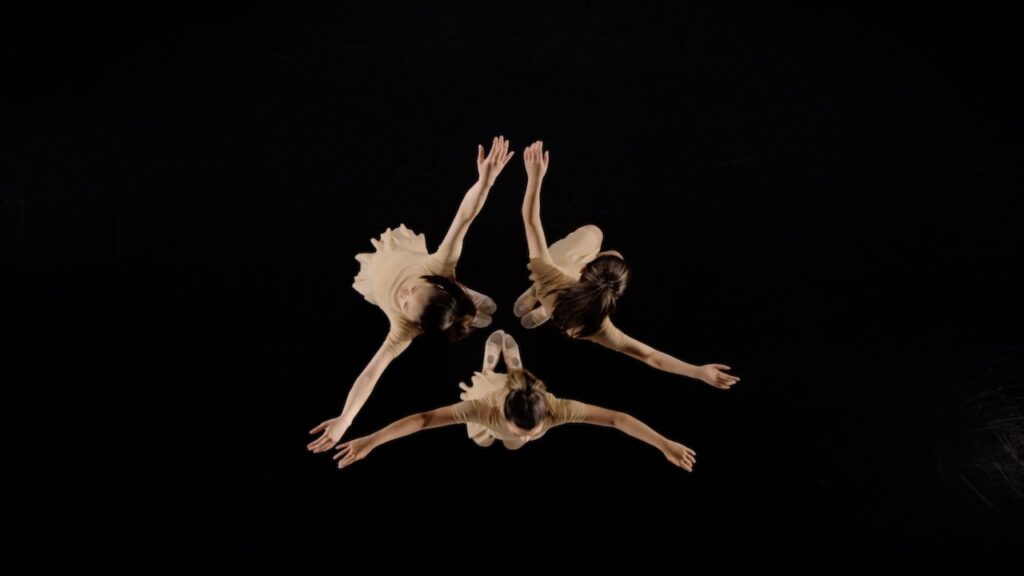
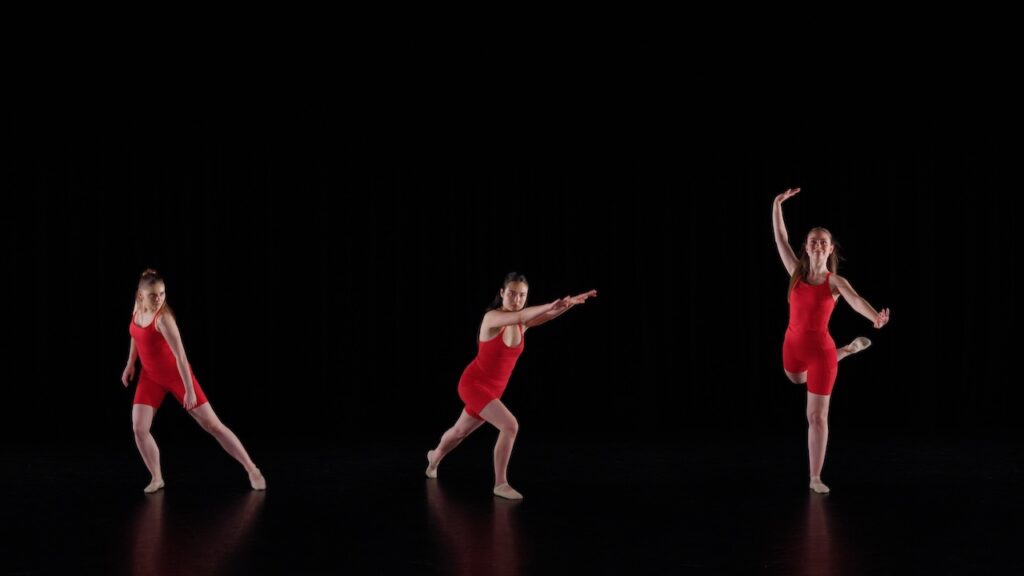
‘This project exemplifies the transformative power of dance as a medium for education and communication,’ explains Dennie Wilson, Programme Manager in the RAD’s Faculty of Education. Wilson choreographed the dance film, which featured dancers who are studying on the Faculty of Education BA Ballet Education Degree programme. ‘By collaborating with the Crick Institute, we have created a unique and engaging way to explore complex scientific concepts, making them accessible to a wider audience.’
Francesca Di Rosa, Visiting Scientist at the Francis Crick Institute, added, ‘this collaboration has been an incredible opportunity to see our research communicated via a beautiful and impactful art piece.’ The Institute’s mission is to understand the fundamental biology underlying health and disease. Its work helps improve our understanding of why disease develops, promoting discoveries into new ways to prevent, diagnose and treat disease.
Centre of the Cell is Queen Mary University of London’s flagship biomedical science, public engagement and outreach project. It is the first informal science learning centre in the world to be located within a research laboratory. ‘Future activities of this collaborative project will include ImmunoDance workshops in our Neuron Pod,’ says Fran Balkwill, Director of the Centre. ‘In these, dancers will teach the basic movements of immune cells and viruses to young participants, and researchers will explain the science behind the choreography.’

